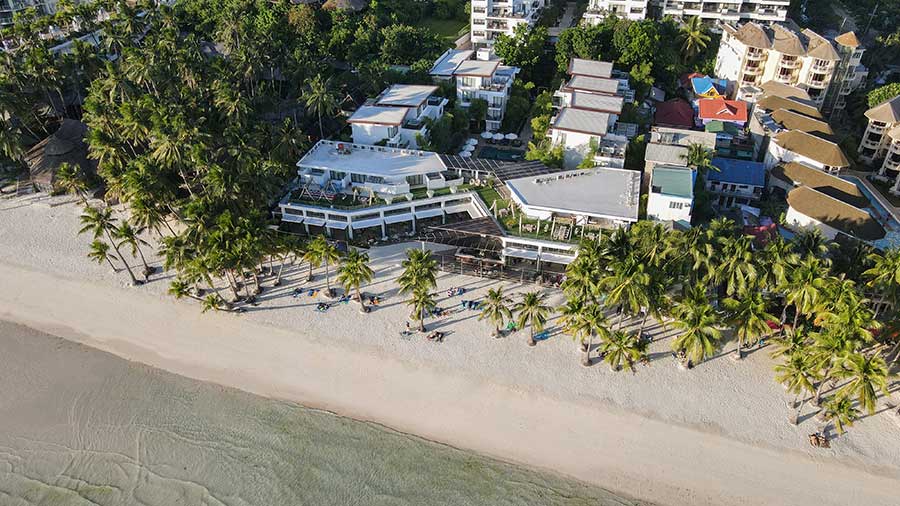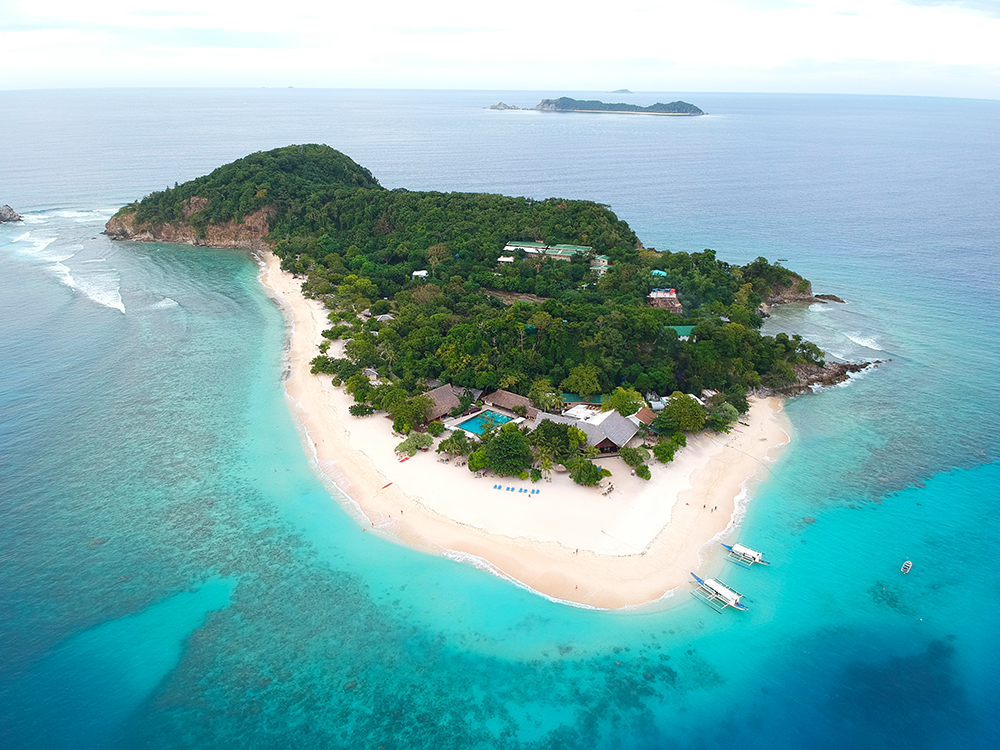Geneva, or Geneve in French, is known for being a worldwide center for diplomacy due to the presence of numerous international organizations, including the headquarters of many agencies of the United Nations and the Red Cross.
It is the second-most populous city in Switzerland and considered as the world’s most compact metropolis. It is quite small, only 16 square kilometers, but it is home to some 190,000 inhabitants with almost 200 different nationalities.
Situated on Lake Geneva and surrounded by the French Alps, Geneva is a city of breathtaking beauty. From high-end shopping on the famous Rue du Rhone and Rue du Marche and picturesque lake front restaurants to boat tours past the famous Jet d’Eau fountain and quiet promenades in the mountains, Geneva really offers something for everyone.

But being a compact metropolis, one doesn’t need 3 days–a night even–to see most of the city’s tourist spots. What’s more, most of these spots are within walking distance.
So what’s to see in Geneva if you only have less than a day to spare?
Since 1891, the Jet d’Eau has been one of the best known symbols of Geneva. Considered as the world’s tallest fountain, Jet d’Eau is 140 metres high and shoots out water at a speed of 200 km/hr.

Situated at Lake Geneva, it is visible throughout the city and from the air, even when flying over Geneva.
Since 2003, the fountain has operated during the day all year round, except in case of frost or particularly strong wind. It also operates in the evenings but only between spring and autumn.
Near the Jet d’Eau is the L’horloge fleurie, or the flower clock, located on the western side of Jardin Anglais park.
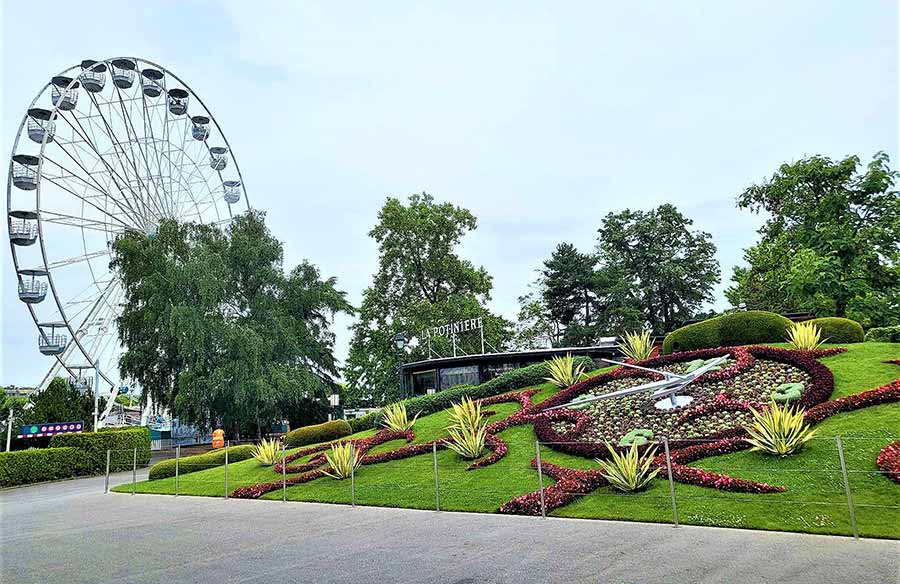
The clock was created for the first time in 1955 as a symbol of the city’s watchmakers and contains about 12,000 flowers and plants which change as the season changes.
It is among the world’s largest flower clock and its second hand is the longest in the world, at 2.5 meters.
From here, tourists may opt to ride the giant ferris wheel for an unobstructed view of the city or take the Lake Geneva Tour for a soothing and idyllic sightseeing experience.
Next, if modern architecture is your vibe, visit the United Nations Office and the Broken Chair.
Housed at the historic Palais des Nations, the UN Office in Geneva is the European headquarters of the United Nations, and is the largest UN centre after New York.
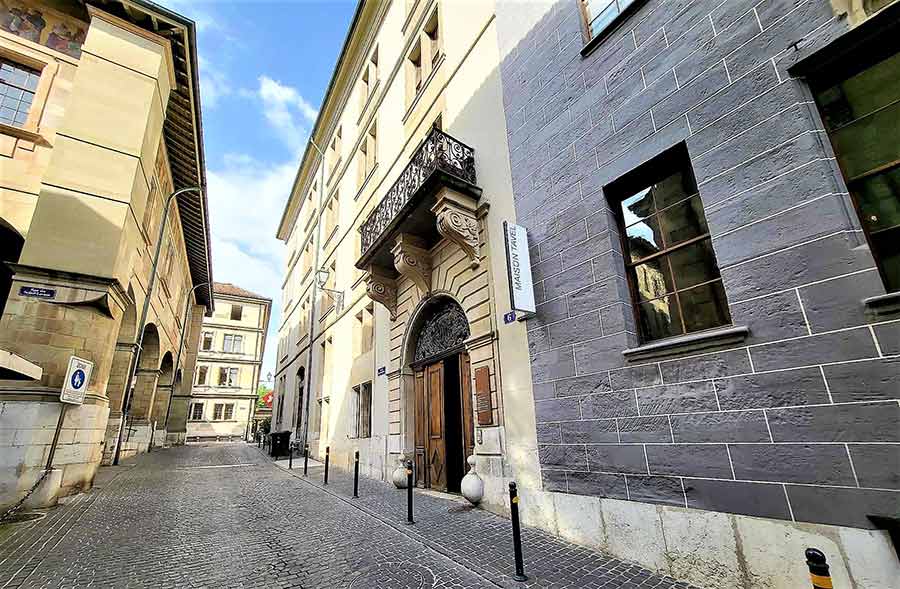
The Palais des Nations is beautiful art deco building overlooking Lake Geneva and is the largest centre for conference diplomacy in the world. Built between 1929 and 1936, more than 25,000 delegates pass through the center each year and many works of art are on display there. Furthermore, the Palais opens its doors daily and provides fascinating guided tours.
The Broken Chair, meanwhile, is a monumental sculpture in wood designed by Swiss artist Daniel Berset, and constructed by carpenter Louis Gení¨ve. It is constructed out of 5.5 tons of wood and is 12 meters high.
It depicts a giant chair with a broken leg and stands across the street from the Palais des Nations. It symbolizes opposition to land mines and cluster bombs, and acts as a reminder to politicians and diplomats visiting Geneva.
A visit to Geneva would not be complete without seeing the hidden treasures of Switzerland’s largest historical city, the Old Town.
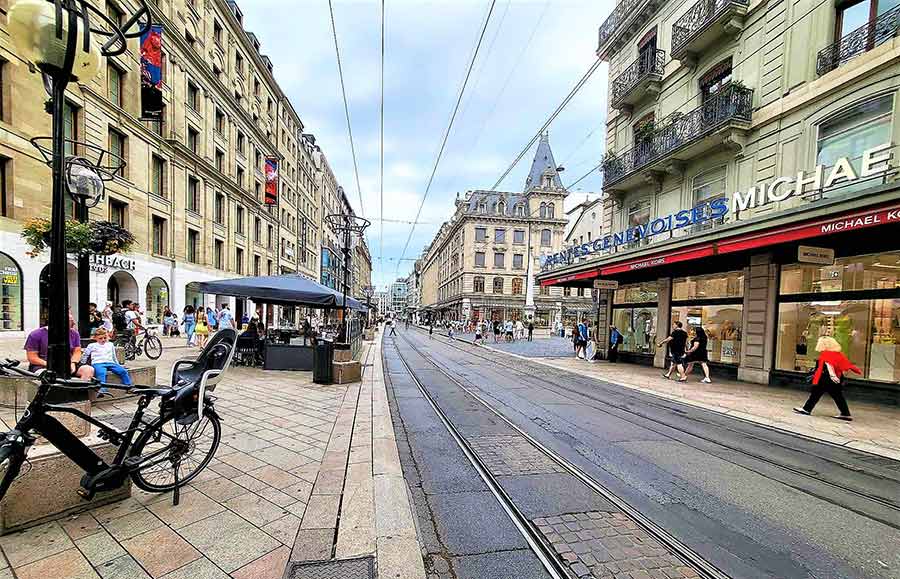
Geneva’s Old Town, in French called Vieille Ville, is an ancient maze of small streets and picturesque squares, filled with homey cafés, restaurants, galleries, museums and historical sights, lined by historical buildings adorned with beautiful masonry facades.
St. Peter’s Cathedral dominates Geneva from the heart of the Old Town. A major historical landmark, it was built in the 12th century and underwent numerous transformations over the centuries before becoming the symbol of the Protestant Reformation. 157 steps lead to the top of its tower, but the panoramic view that awaits you is worth the effort.
Apart from St. Peter’s Cathedral, the must see places are Maison Tavel and the Old Arsenal located in front, Place du Bourg-de-Four, The Treille Promenade and the Reformation Wall.
Maison Tavel, meaning Tavel House, is the oldest house in Geneva, built in the 12th century by the Maison family. In 1334, the house was reconstructed following a devastating fire. In 1963, the house was purchased by the city of Geneva and remade into the museum of history of Geneva.
Despite its small size, Geneva rivals London and Paris as a major shopping destination in Europe. Geneva specializes in the finer things in life and, though they are not cheap, the selection is staggering and makes for world class window shopping.
If you’re into this, better wake up early. Most retail stores are open throughout the day, however many service shops close for lunch between 12:00 and 2:00 PM during the week. Most stores, including grocery stores, do not stay open past 7PM on weekdays, past 6PM on Saturdays and are closed on Sundays, so plan wisely to avoid frustration.
If seeing the city of Geneva isn’t your thing yet, better revisit that bucket list and make sure to spend some time and be enthralled with what the city has to offer.




